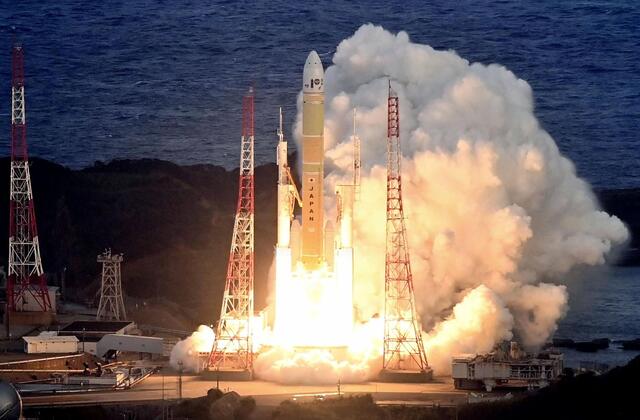Japan’s space agency has successfully launched a navigation satellite on its new flagship H3 rocket as the country seeks to develop its own more accurate positioning system.
The H3 rocket successfully placed the 4,900-kilogram satellite into a geo-transition orbit. The spacecraft’s separation occurred 29 minutes after liftoff, exactly as planned. Once the satellite reaches its target orbit and passes all systems checks, it will become the fifth member of the Japan’s quasi-zenith satellite system or Japan’s QZSS satellite system, which began operations in November 2018.
Japan Space Agency (JAXA) officials note that the QZSS system is compatible with and can be used in conjunction with GPS satellites, significantly improving the quality of satellite navigation.
“QZSS can be used even in regions in Asia and Oceania with longitudes close to Japan, so its use will be expanded to other countries in these regions,” they added.
Sunday’s launch was the fifth for the H3, a two-stage rocket developed by JAXA and Mitsubishi Heavy Industries as a replacement for Japan’s space workhorse, the H-2A rocket. The H3’s debut flight in March 2023 ended in failure, resulting in the loss of an earth observation satellite. However, four subsequent launches were successful.
